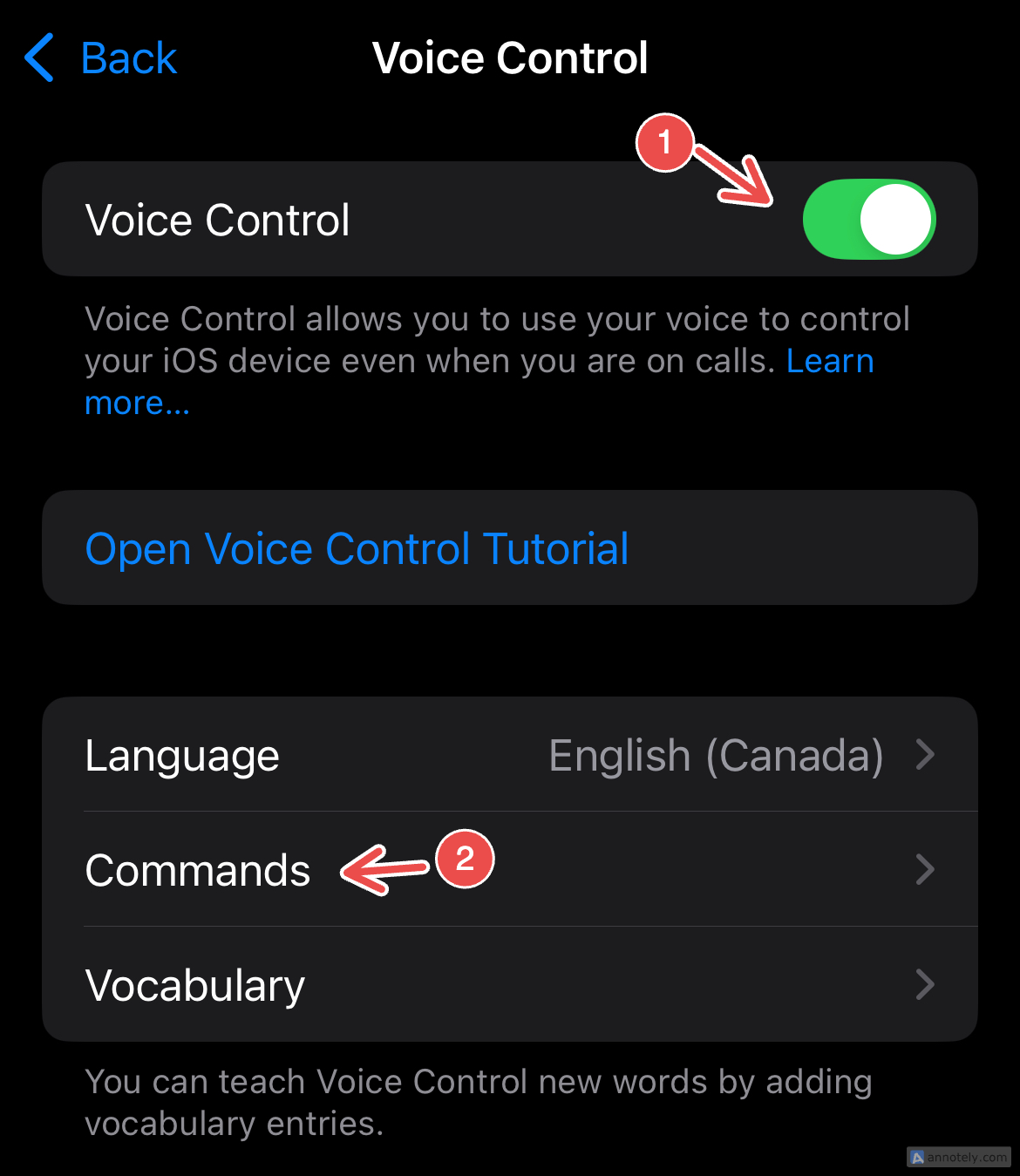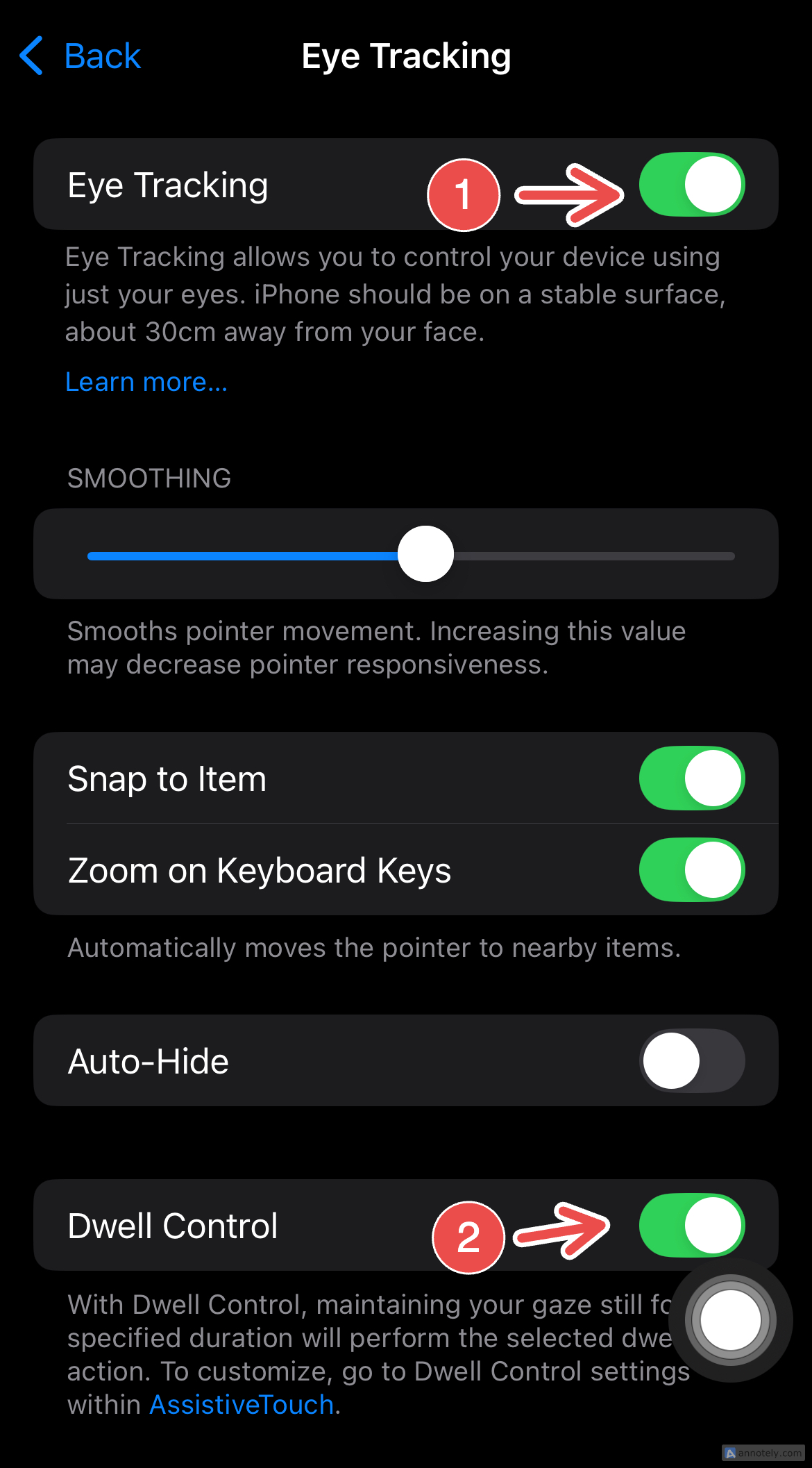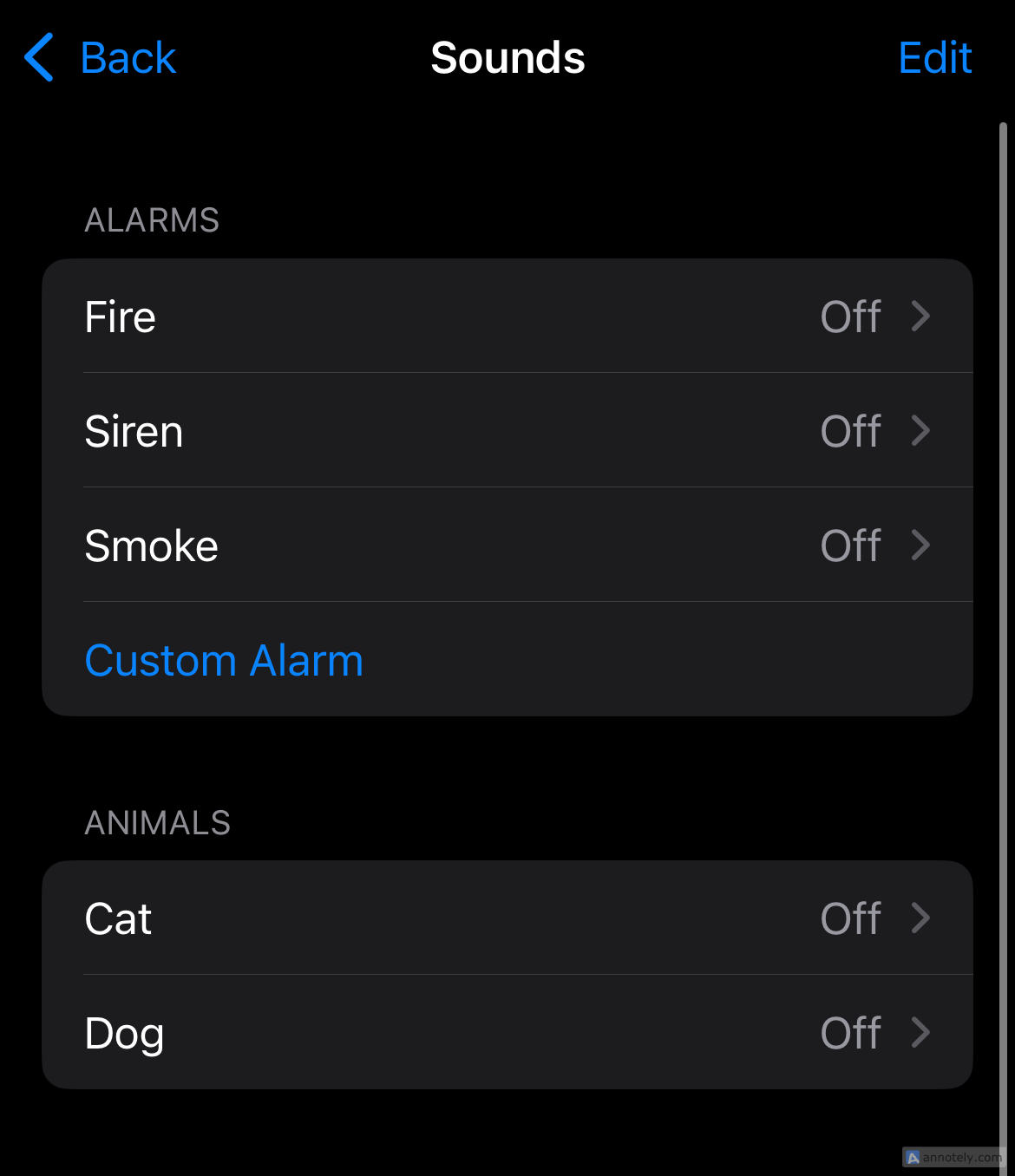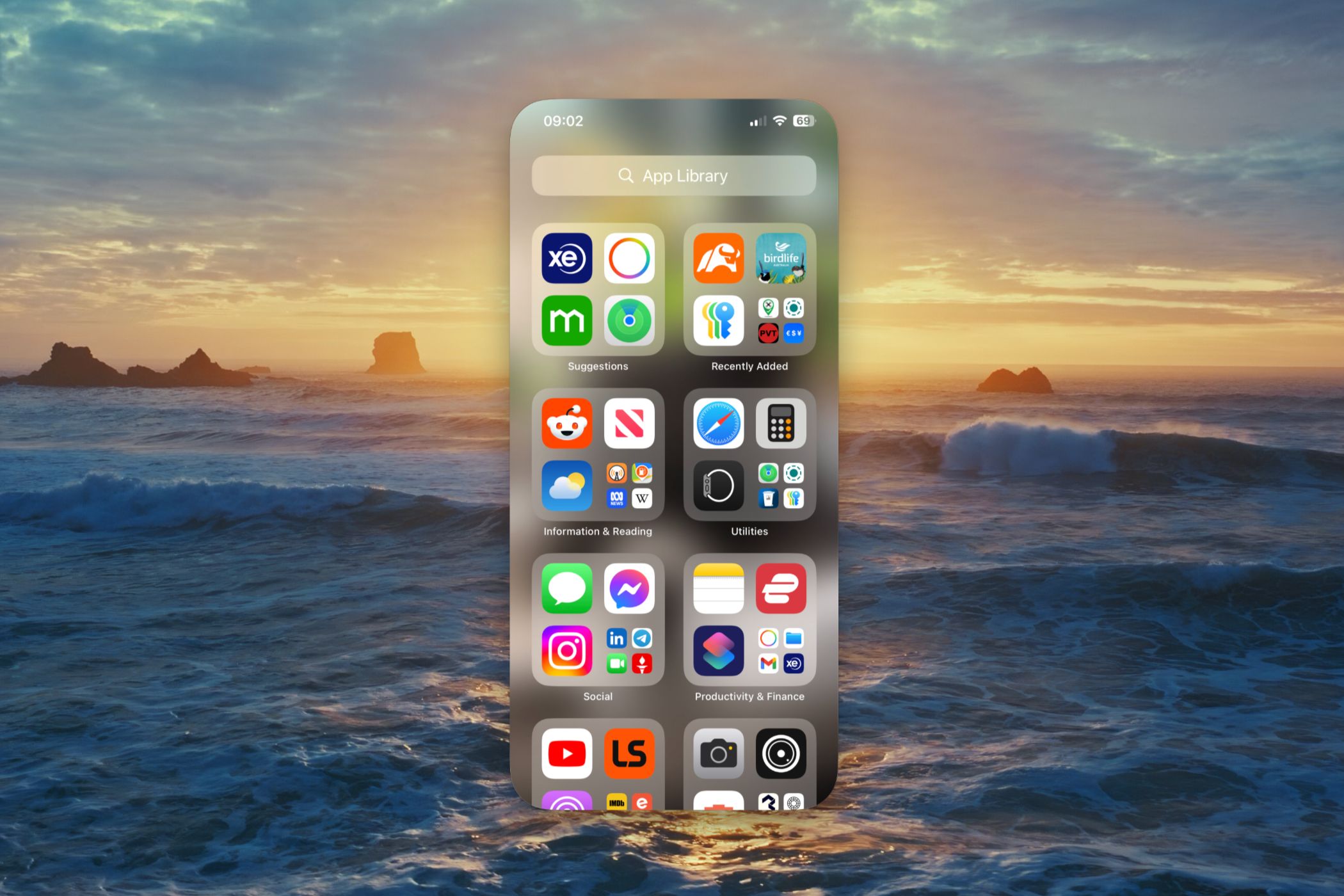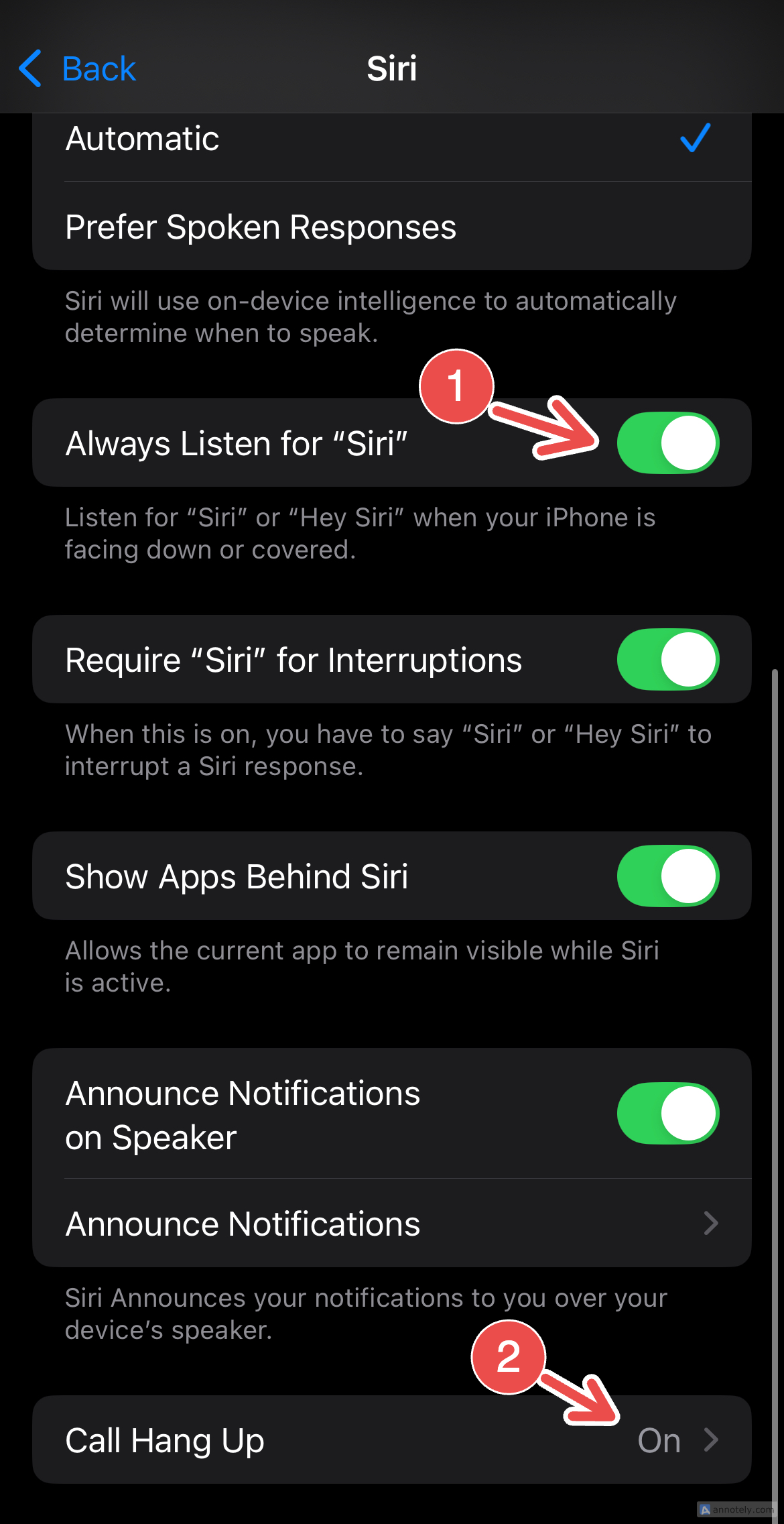Did you know that you can use your iPhone without touching the screen? Having a “hands-free” iPhone experience is not as complicated as you might think. This is thanks in large part to Apple’s focus on accessibility features that anyone can benefit from.
Voice Control
Voice Control is an accessibility feature that lets you use your iPhone hands-free. With this feature, you can do things on your iPhone through voice commands, such as opening apps, adjusting volume, and taking a screenshot. You can use Voice Control even if you are on a call, which comes in handy when you are driving.
To set up Voice Control, go to Settings > Accessibility > Physical and Motor > Voice Control and turn it on. You can tap on “Open Voice Control Tutorial” to get an in-depth guide about using the feature. Tap on “Commands” and check the list of commands and their phrases for easier use of Voice Control.
You can even disable certain commands or set up a confirmation before commands are run. You can also tap on “Create New Command” and set up your own custom Voice Control shortcuts for actions that you cannot find in the list.
Eye Tracking
Introduced with iOS 18, Eye Tracking is an easy way to control your iPhone using just your eyes. This means that you can perform actions using the motion of your eyes, including opening apps and scrolling. The only prerequisite for using Eye Control is that your iPhone needs to be on a relatively stable surface (or steady hold) about 30 cm away from your face.
To set up Eye Tracking, go to Settings > Accessibility > Physical and Motor > Eye Tracking and switch it on.
You will be asked to follow a dot on your screen to calibrate the feature. I recommend turning on “Dwell Control,” which lets you perform a particular action by simply holding your gaze still for a specified duration at an element on your screen, like an app icon or button. You can customize Dwell Control by going to Accessibility > Touch > Assistive Touch.
Vocal Shortcuts
I am a big fan of iPhone shortcuts that let me get things done as quickly and efficiently as possible, and Vocal Shortcuts is one such feature that gets the job done. With this, you can set up a string of custom shortcuts by choosing an action, recording a phrase, and setting up your iPhone to recognize your voice.
To create Vocal Shortcuts, go to Settings > Accessibility > Speech > Vocal Shortcuts > Set Up Vocal Shortcuts. Tap Continue > Shortcuts and choose an action of your choice.
Next, type out a phrase to speak aloud that is unique to the action you just chose. Record yourself saying the phrase and set up the shortcut. You can repeat this for a long list of actions and personalize your shortcuts. This feature is an absolute gem for emergency actions and calls that you can trigger without touching your iPhone.
Sound Recognition
Sound Recognition has been around for a while and can be useful during an emergency, such as a fire breaking out in your house. When you turn on Sound Recognition, your iPhone will constantly listen for sounds like a doorbell, siren, or alarm and notify you.
To turn on Sound Recognition, go to Settings > Accessibility > Sound Recognition and toggle it on. Now, you can tap “Sounds” and select which sounds you want your iPhone to keep an ear out for. You can even set up custom alarms, doorbells, and appliances from here.
Sound Recognition is a great feature for emergencies, but sometimes, you might not have the time to make an SOS call. The solution is to go hands-free with Sound Recognition by setting up an automatic call to an emergency service or contact when a specific sound is recognized.
Going hands-free with Sound Recognition is easy. All you need is your Shortcuts app, where you can set up an automation for emergencies. To do this, open the Shortcuts app and click on the Automation tab.
Tap the “+” (plus) sign > Sound Recognition and choose a sound. Click Next > New Blank Automation > Call and set up your emergency contact.
You can set up several custom automations on the Shortcuts app that help you get things done hands-free.
Mirroring On Your Mac
You can control your iPhone’s display and notifications from your Mac with iPhone mirroring. Although you are not going full-on hands-free with this feature, this is a great way to interact with your iPhone and its apps without directly touching it. Mirroring also means that your iPhone remains locked, which adds a layer of privacy.
To set up iPhone mirroring, simply bring your phone close to your Mac. You should be able to see an iPhone Mirroring icon in your dock. From here, setting up mirroring is easy, and there are even some shortcuts that you could try out to make the experience as smooth as possible.
Do More with siri
Your pocket digital companion, Siri, is also a great tool for going hands-free on your iPhone. There are a few Siri features that you might not have switched on, such as “Call Hang Up,” that you can use to cut a call without even looking down at your phone.
First, head to Settings > Siri and turn on “Always Listen for “Siri”” to make sure that your “Siri” or “Hey Siri” command is picked up. This should work regardless of whether your iPhone is covered, in your pocket, or facing down.
From Siri’s accessibility settings, you can also enable “Call Hang Up,” which lets Siri hang up your phone and FaceTime calls with the command, “Hey Siri, hang up.”
Of course, there are many more things you can do with Siri from sending messages to creating reminders, annotating notes, and setting alarms.
Using your iPhone hands-free can prove useful in many situations, especially if you need to make calls or perform emergency commands when you cannot reach your phone. Some of these features can even let you perform actions without even glancing at your phone, which is a pretty efficient way to get things done.
With new features being added with every iOS update, you can discover a host of interesting features that you can use to get things done in a better, faster way.


